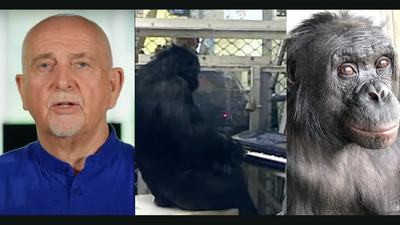London-based designer Paulo Goldstein began repairing things early in life. When his GI Joe toys broke, he'd disassemble them and build pieces from each one into a new, Frankenstein-like version. He liked the fact that he didn't need to throw away toys that he'd grown attached to, and he liked the sense of control that repair gave him. As a graduate student at Central Saint Martens, still obsessed with repair, Goldstein focused his final project on how to fix products in a way that isn't simply utilitarian, but is a little more like art.
A chair with a broken side and missing backrest found new life with a metal-and-cable support inspired by suspension bridges. Goldstein gave a lamp a new wooden pulley system that looks a little like a film reel. He repaired an iPod with a broken case and clip with spare bones left over from a meal, wanting to create a strong visual contrast to the high-tech product.
For Goldstein, repairing everyday objects is a way to start thinking about how to repair broken parts of society:
A broken object delivers frustration because it doesn’t achieve its functionality, but the same principle applies to a broken system that caused the financial crisis, which has affected our lives since 2008. In a time of uncertainty, taking things into our own hands and having the feeling of control back can be very therapeutic. “Repair is Beautiful” aims to give back this feeling of control – by scaling down a major society problem to a human size and projecting frustration upon broken objects that can be repaired through design and craftsmanship. The final outcome is a collection of intriguingly repaired objects imbued with new meaning and functionality. The once rejected objects reflect the environment that created them and call us to question our society as a whole.















